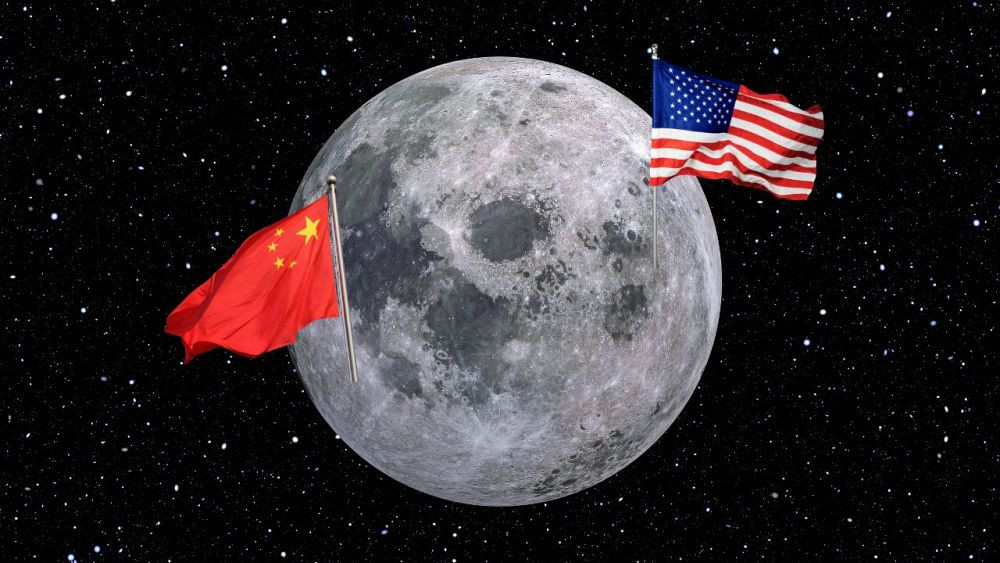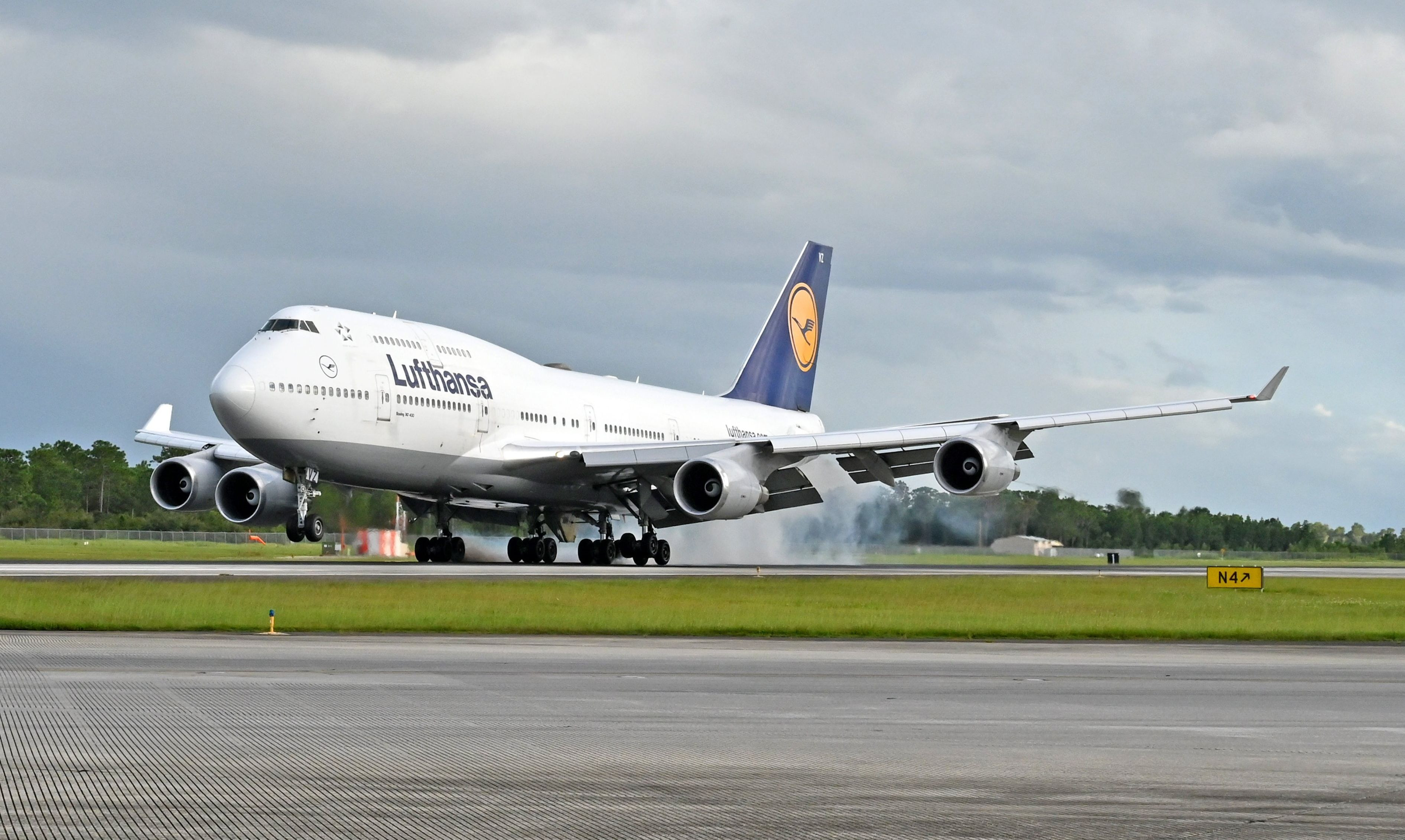Moon Rush: Nations Vie for Lunar Supremacy in a New Space Race
The Apollo 17 mission in 1972 marked the last time humans set foot on the moon. Now, after a 52-year hiatus, a new era of lunar exploration is dawning, fueled by ambition, technological advancements, and a renewed sense of competition. This isn't just about planting flags; it's about securing resources, establishing strategic footholds, and potentially shaping the future of space exploration for decades to come.
Artemis: Delays, Costs, and International Collaboration
NASA's Artemis program, aiming to return humans to the moon and establish a permanent lunar base, has been beset by delays and cost overruns. The program's ambitious goals, coupled with technological complexities and bureaucratic hurdles, have resulted in a ballooning budget exceeding US$93 billion by 2025. Artemis I, an uncrewed mission, revealed unexpected challenges, such as the Orion capsule's heat shield not breaking up as predicted and bolts experiencing “unexpected melting and erosion.” These issues highlight the inherent difficulties in space exploration, even with decades of experience.
The Artemis program is far from a solely American endeavor; it's a complex international collaboration involving the European Space Agency, Canada, Japan, and the United Arab Emirates. This global partnership reflects the increasingly collaborative nature of space exploration, but it also introduces new layers of complexity in coordination and decision-making.
The Changing Landscape of Space Exploration
The current space race differs significantly from the Cold War-era competition. While national prestige remains a factor, the economic potential of lunar resources, such as Helium-3 and rare earth minerals, has emerged as a significant driver. The possibility of Helium-3 fuelling future fusion reactors represents a potential trillion-dollar industry, adding considerable weight to the race for lunar dominance.
The Rise of Private Space Companies: SpaceX and Beyond
The involvement of private companies, particularly SpaceX, has revolutionized space exploration. SpaceX's reusable Falcon 9 rockets and vertical integration have slashed launch costs, enabling a previously unimaginable frequency of space missions. SpaceX's dominance is undeniable, holding roughly 60 percent of all satellites in orbit, largely due to its Starlink constellation. Their ambitious Starship program, with its iterative development process and retrieval of the Super Heavy booster, further cements their position as a leading force in space.
However, SpaceX is not alone. Other companies, like Blue Origin, Rocket Lab, and Boeing, are striving to carve their niches in the burgeoning space industry. Boeing's Starliner program experienced setbacks, highlighting the challenges of safe human spaceflight, while other players like Blue Origin are positioning themselves to capitalize on future opportunities.
The Commercialization of Space and Government Contracts
The increasing involvement of private companies is reshaping the relationship between government space agencies and private enterprise. NASA, once the sole player, is now just one actor in a crowded field. Many private companies, like SpaceX, rely on significant government contracts for revenue, while others, like Blue Origin, are still largely dependent on them. This dynamic relationship raises questions about the balance between public interest and commercial goals in space exploration.
Space: A New Theater of War?
While the peaceful exploration of space is a stated goal for most nations, the reality is that space is becoming increasingly militarized. The use of satellites for military purposes, ranging from navigation and communication to surveillance and weapons guidance, is well established. The 2003 invasion of Iraq, where 68 percent of US munitions were satellite-guided, demonstrates the military significance of space technology. The conflict in Ukraine provides a stark illustration of how satellite technology, particularly SpaceX's Starlink, can be vital in modern warfare. Starlink’s ability to provide internet access to Ukraine during the conflict showcases its importance in communications and information warfare.
The Threat of Space-Based Weapons
The potential for space-based weapons systems presents a significant concern. Reports of Russia developing new types of weapons capable of targeting satellites, including potential nuclear capabilities, have heightened tensions. The successful Russian jamming of Ukrainian GPS signals demonstrates the vulnerability of existing systems. The destruction of satellites, such as the 2021 Russian anti-satellite missile test, creates dangerous orbital debris, posing a threat to other spacecraft—a phenomenon known as the Kessler Syndrome. This issue demonstrates the need for international cooperation and regulation to mitigate the risks of space conflict.
The Future of Space: Cooperation or Conflict?
The legal framework governing space is based on the 1967 Outer Space Treaty, which prohibits national appropriation of celestial bodies. However, this treaty leaves much room for interpretation and lacks robust mechanisms for conflict resolution. The emergence of private companies further complicates the matter, blurring the lines between national interests and commercial ventures. SpaceX's terms of service regarding Mars are a particularly striking example of a private company attempting to define governance principles in the absence of clear international rules.
The Path Forward: International Cooperation and Robust Treaties
The future of space depends on a balance between cooperation and competition. The enormous challenges involved in space exploration, and the potential for catastrophic events such as Kessler Syndrome, strongly suggest the need for increased international collaboration. The International Space Station serves as an example of how cooperation can overcome geopolitical differences, even amid conflict. The development of more robust international treaties and regulatory frameworks is crucial to ensure the peaceful and sustainable development of space.
The potential benefits of lunar exploration and space colonization are immense, but so are the risks. The race to the moon is not just about scientific discovery or economic gain; it's about navigating the complex interplay of national interests, commercial ambitions, and the potential for conflict in the final frontier. The time for proactive planning and international cooperation is now. The future is unwritten, and a future of space cooperation and peaceful settlement remains possible. But achieving that future requires a conscious, collective effort from all stakeholders.


















